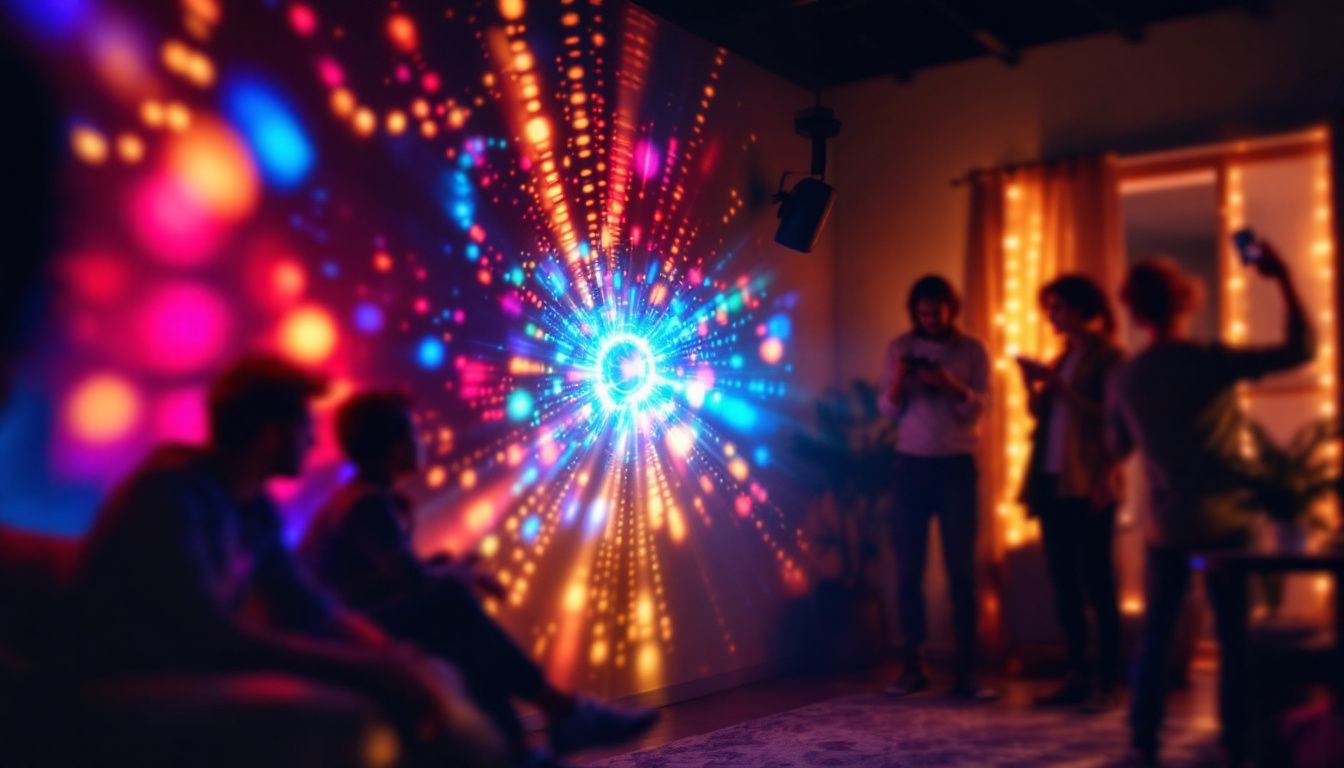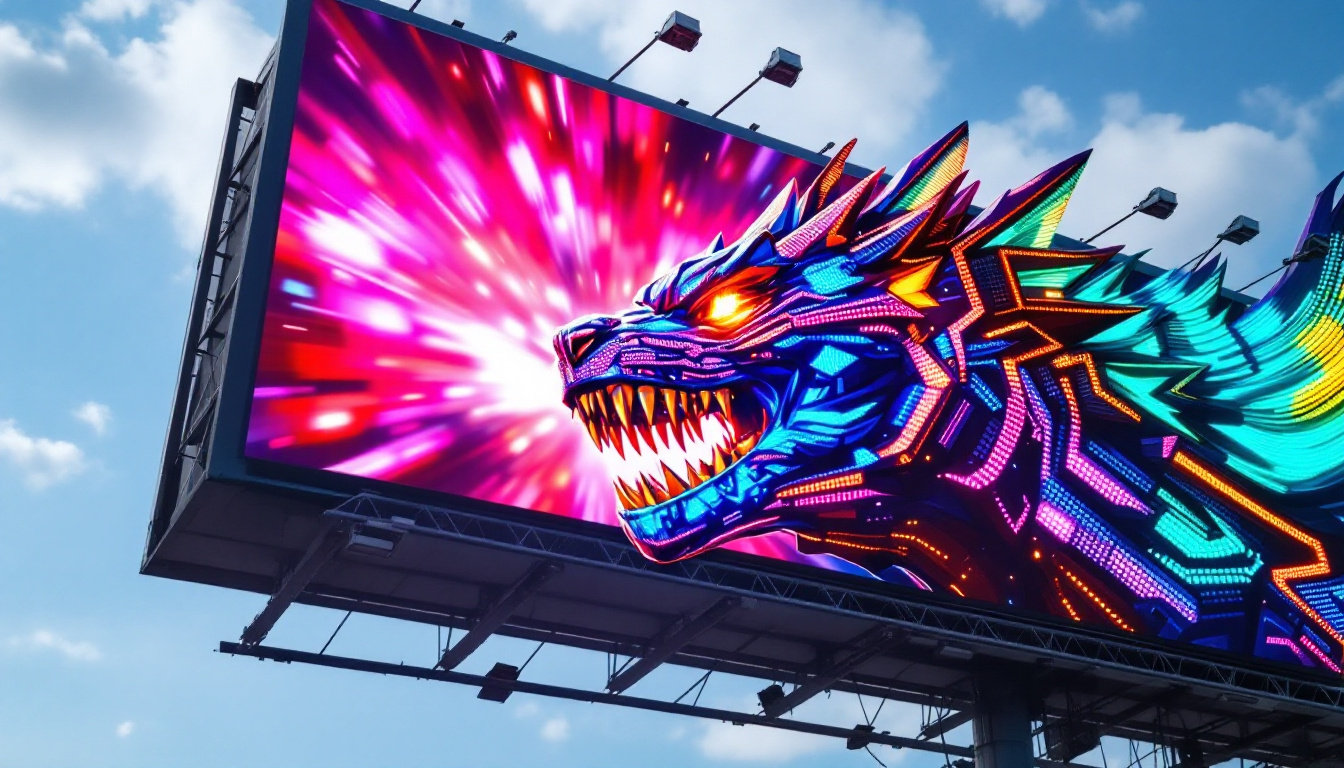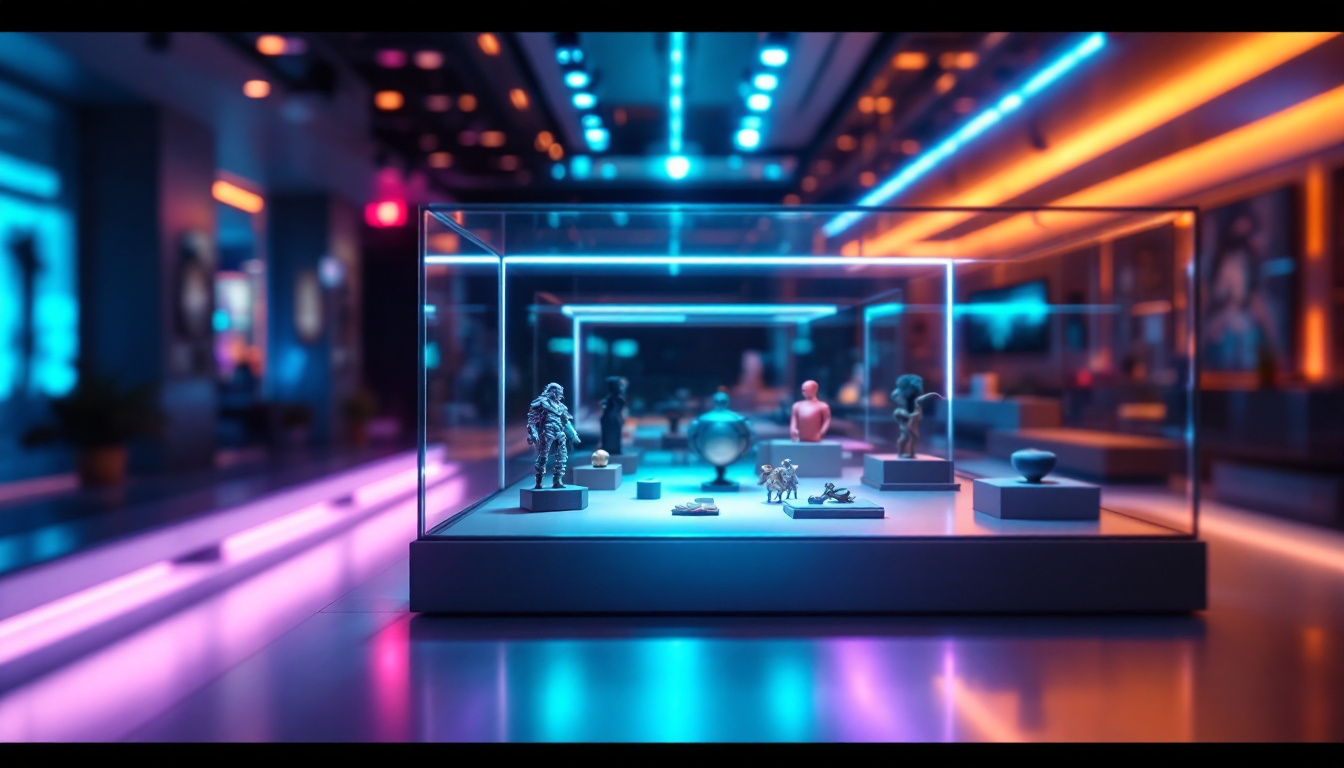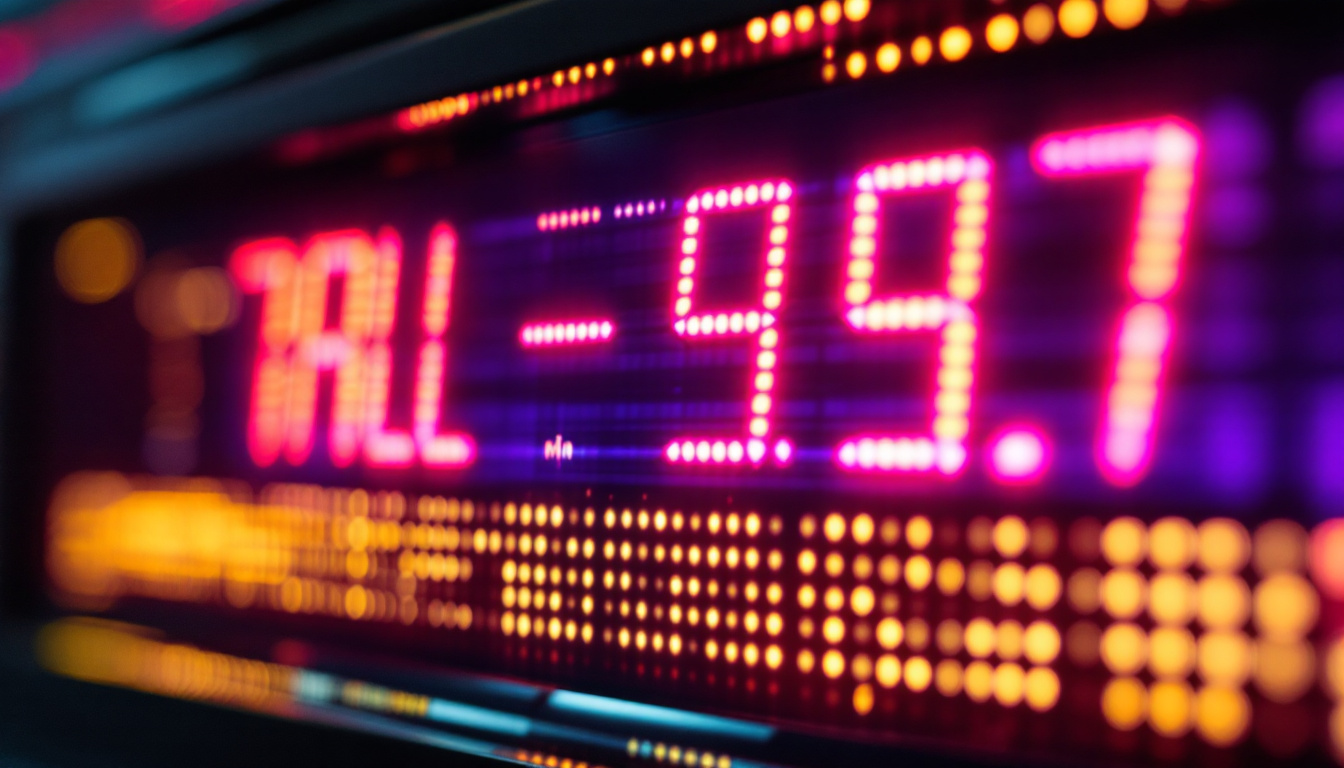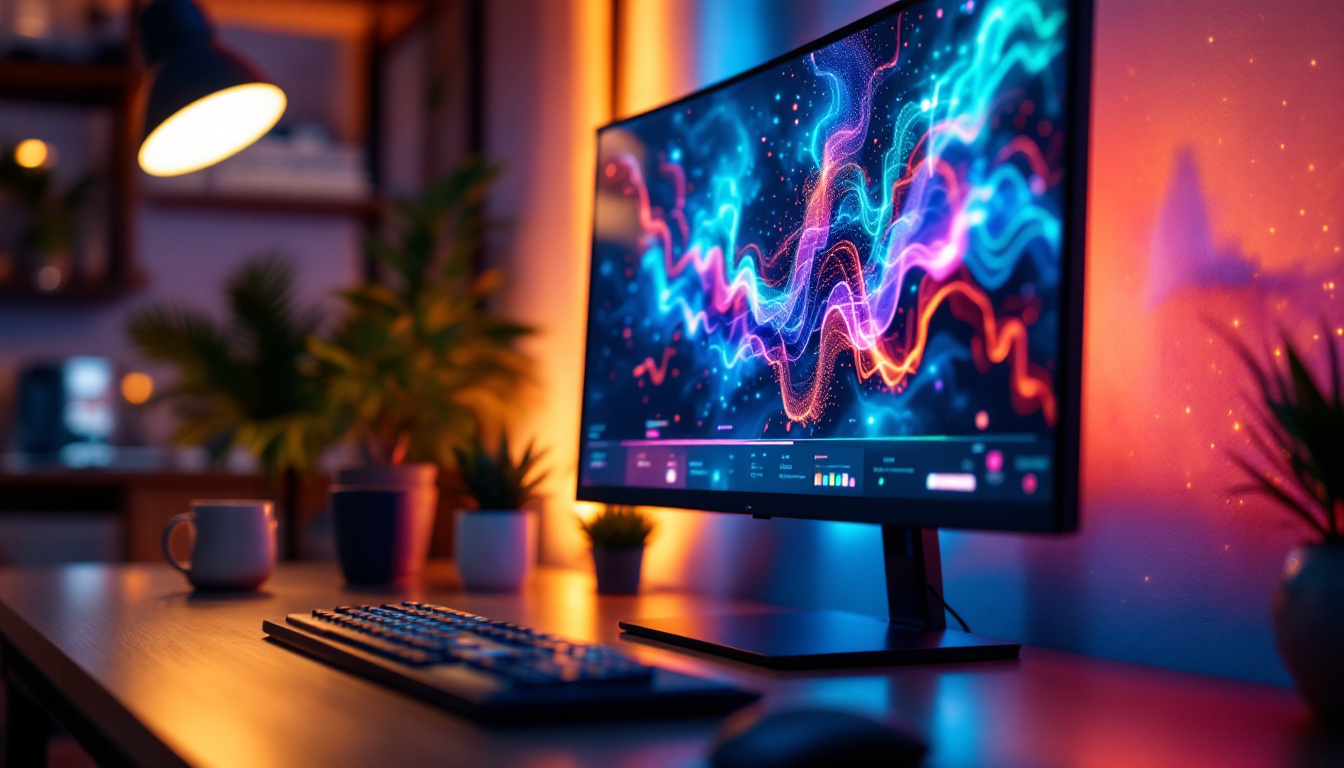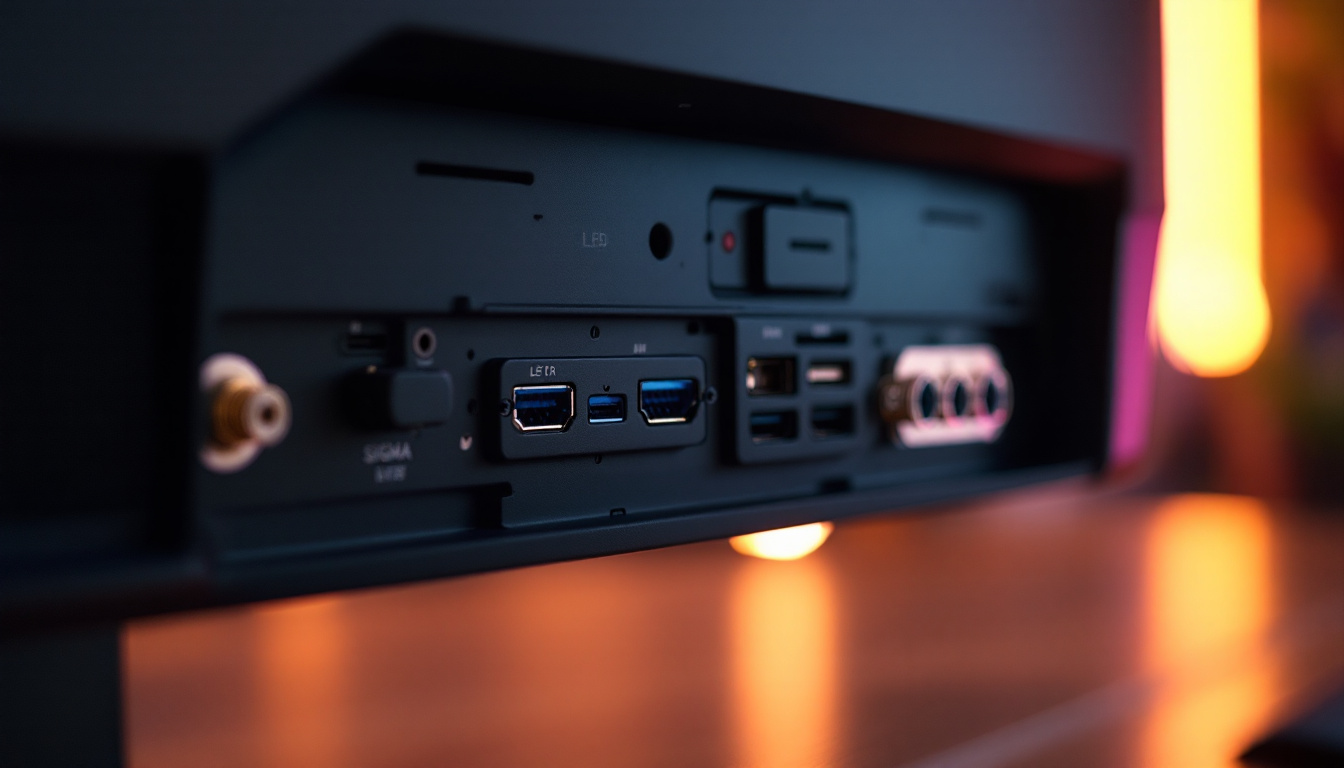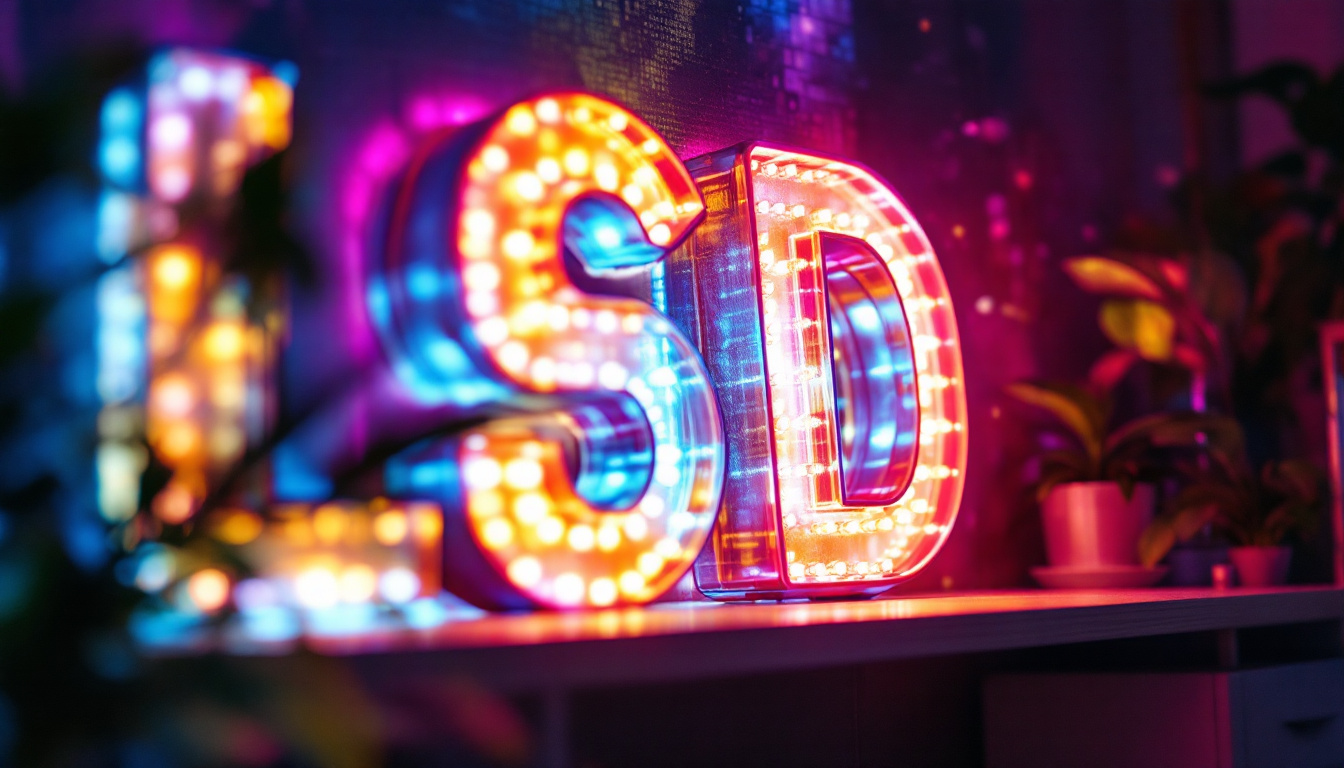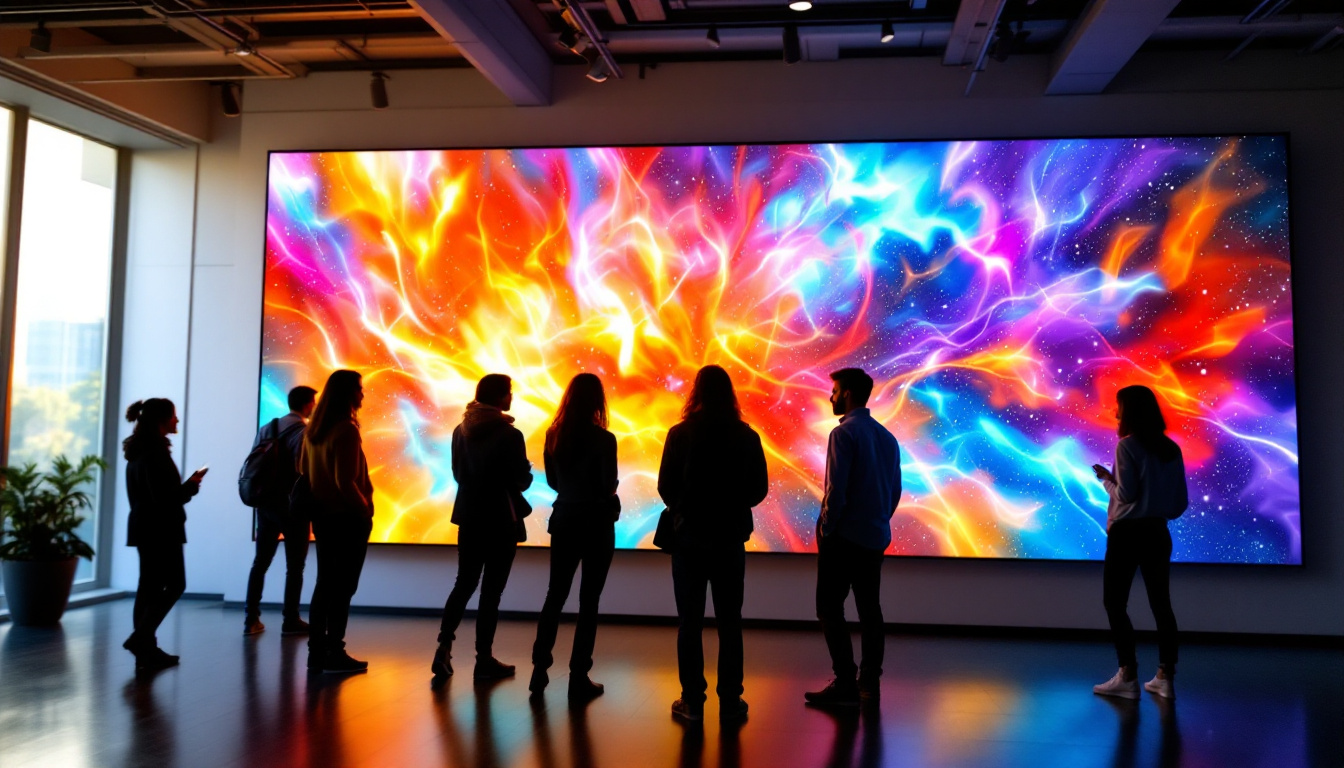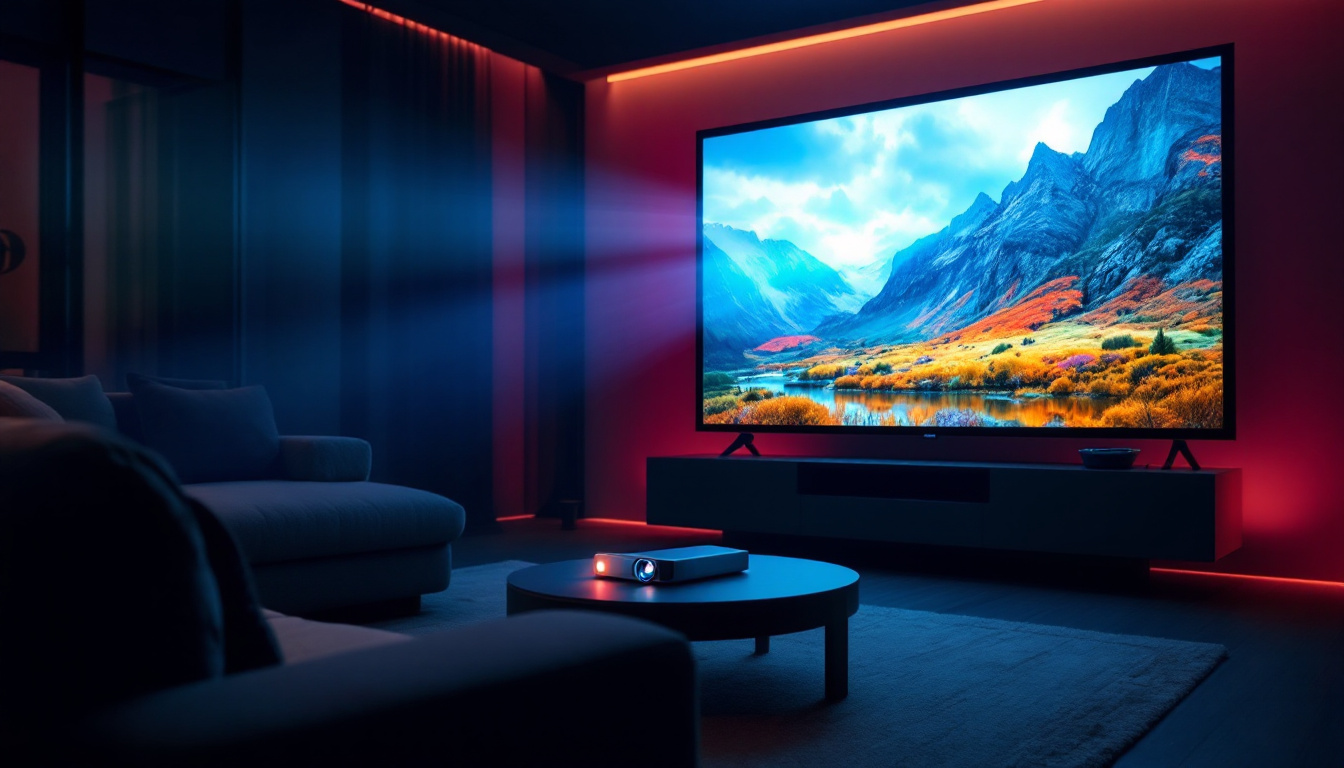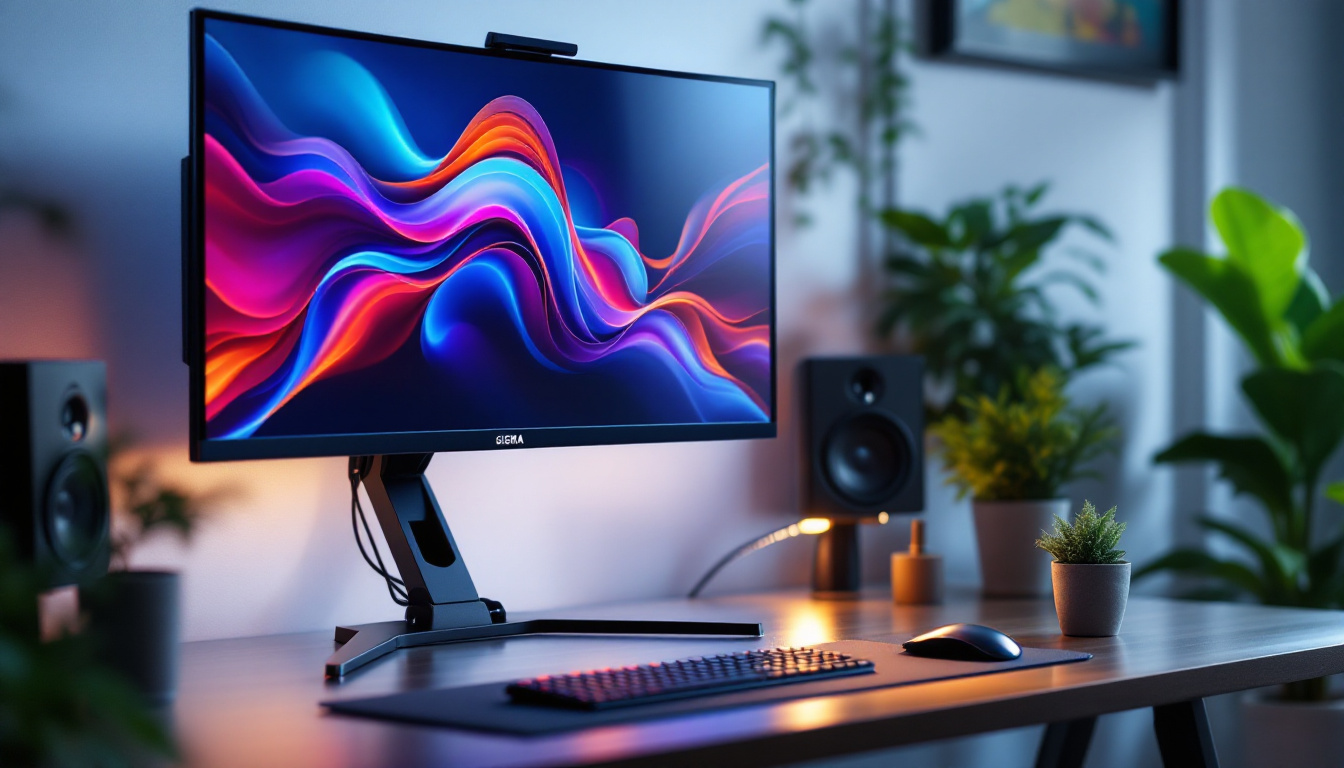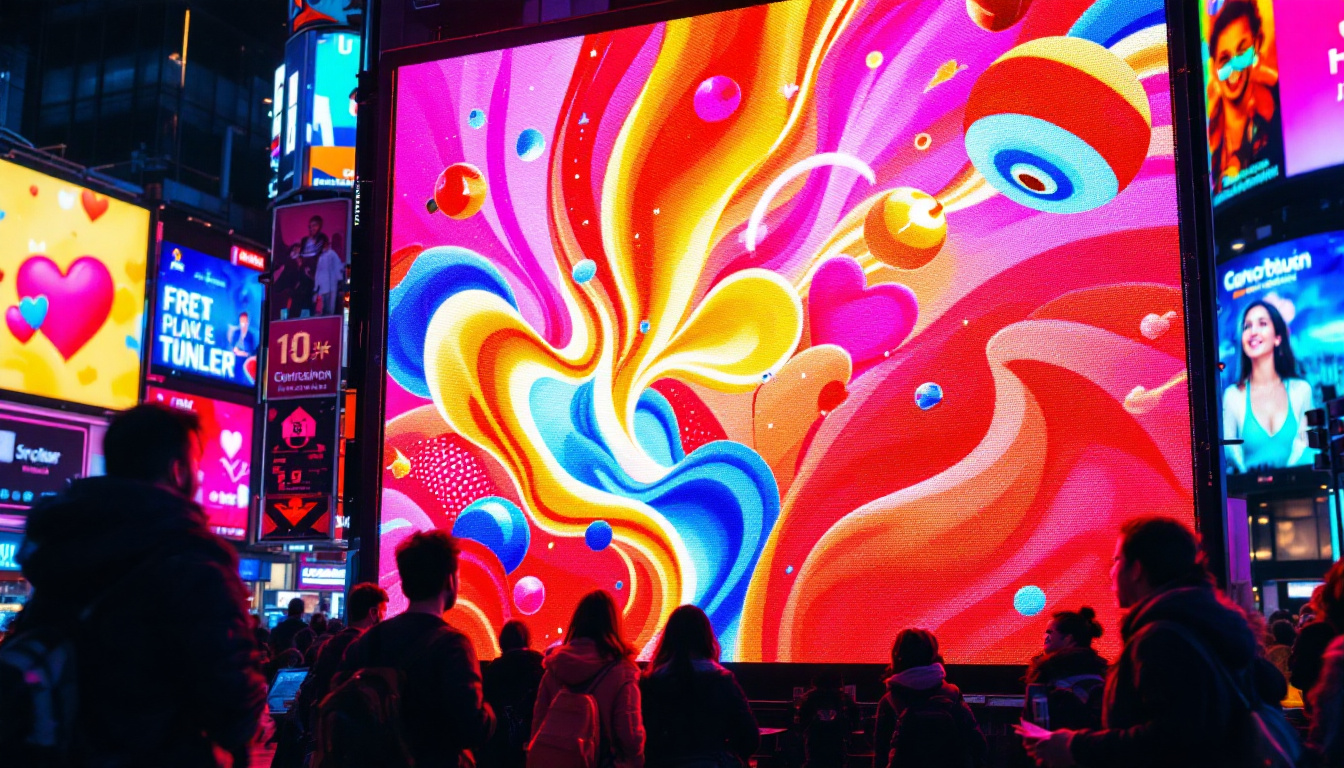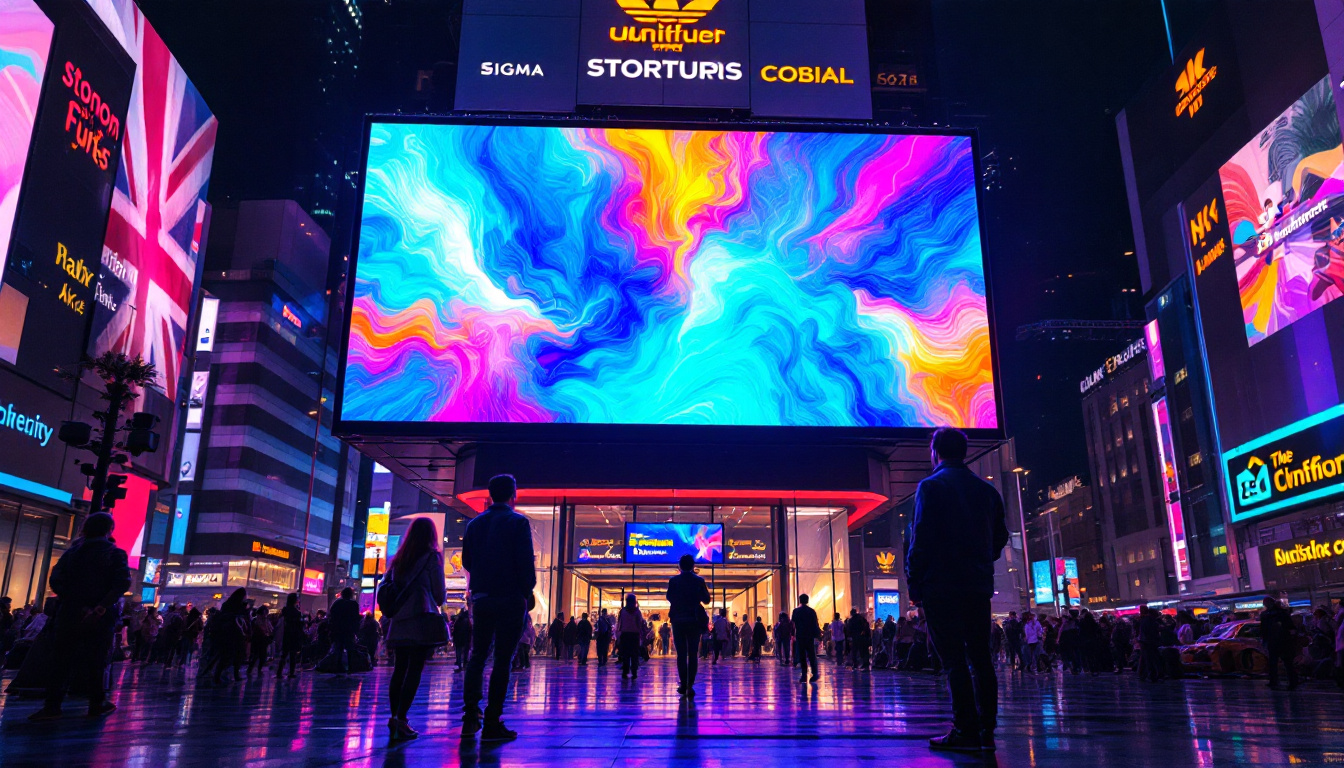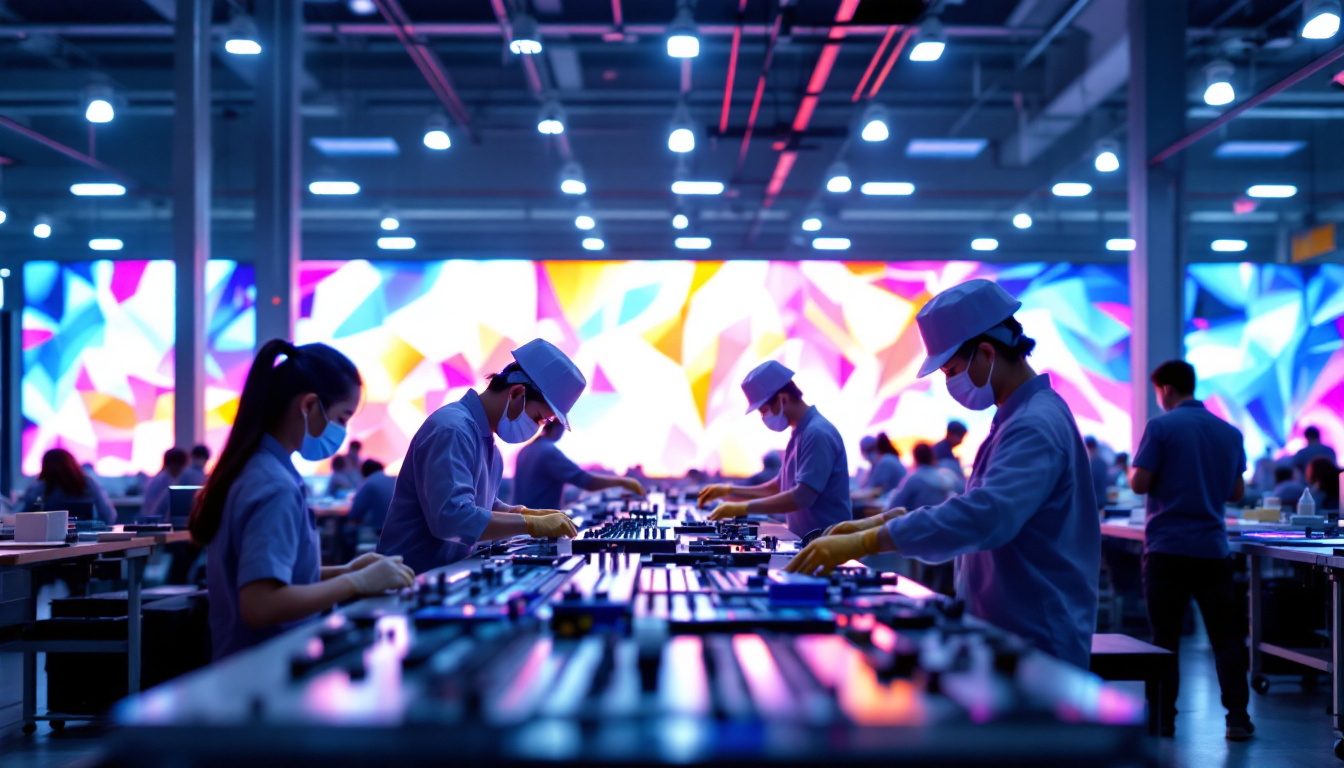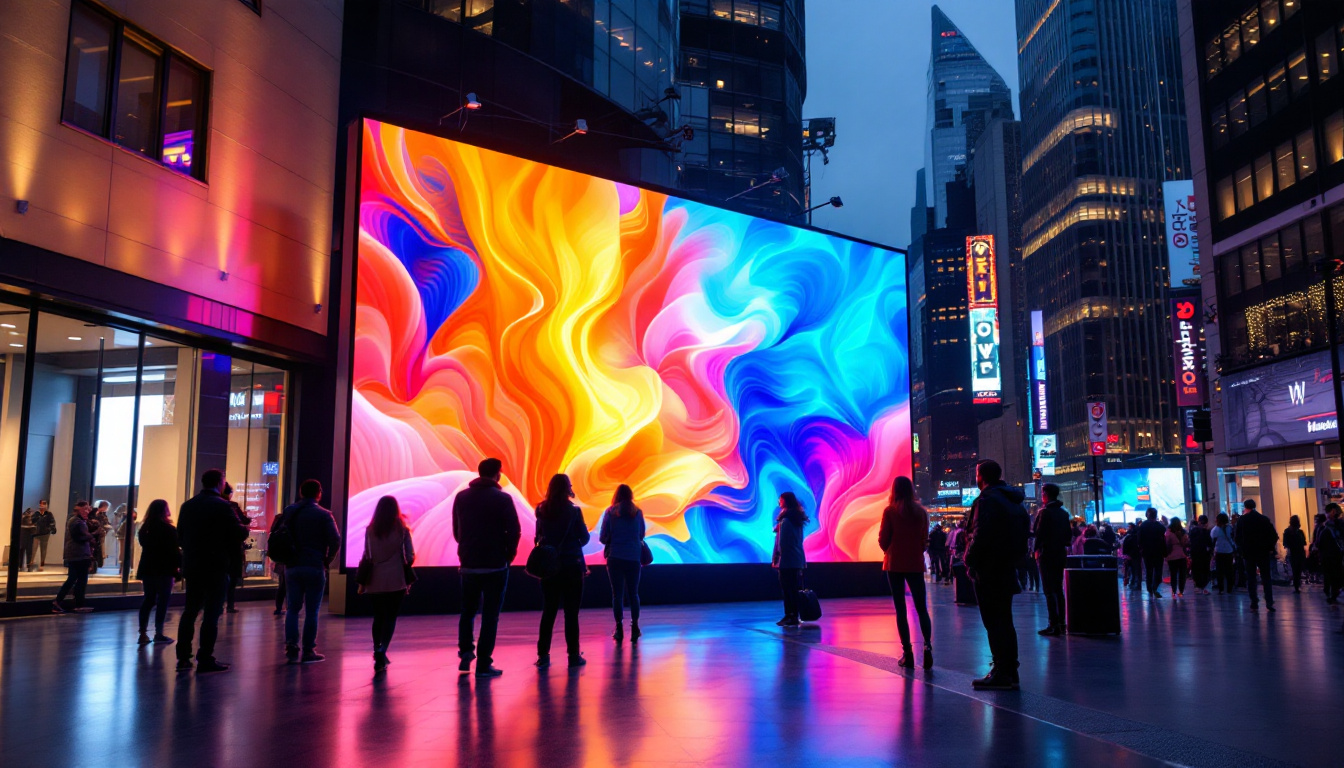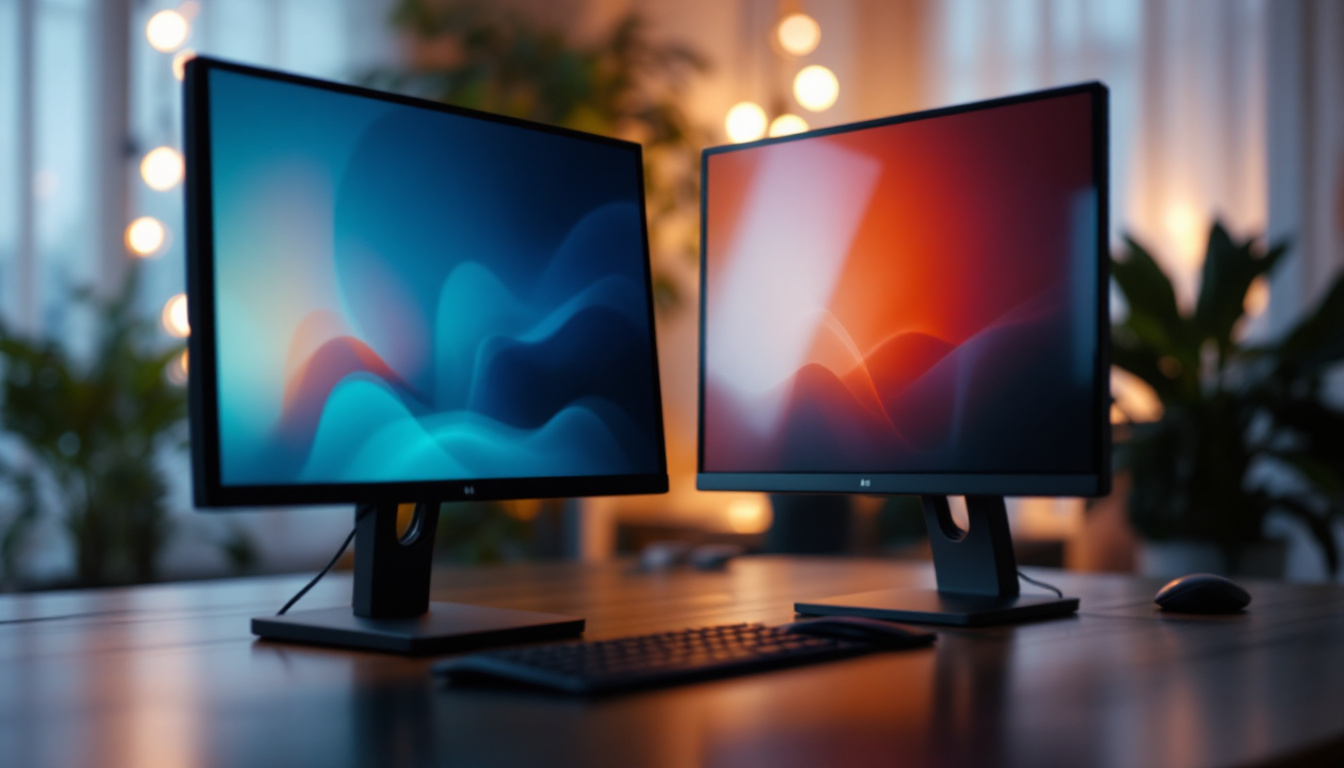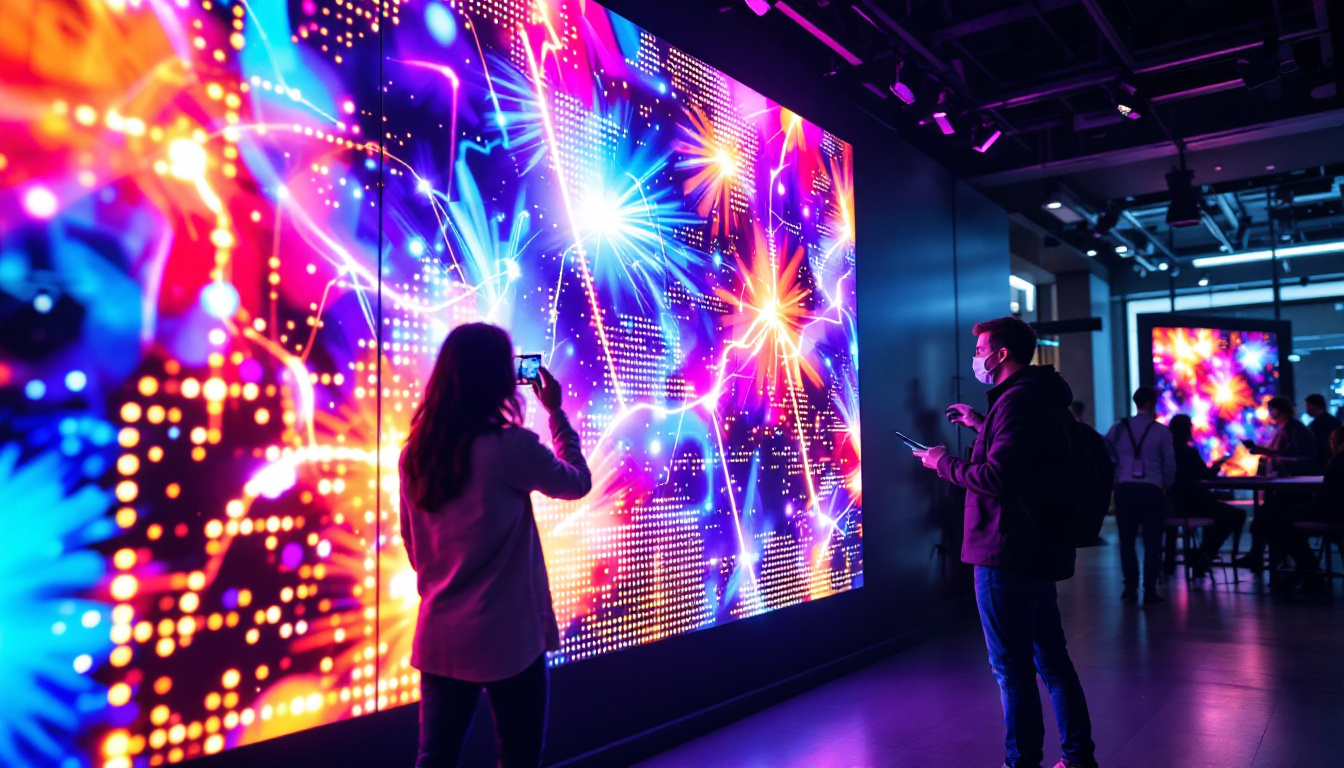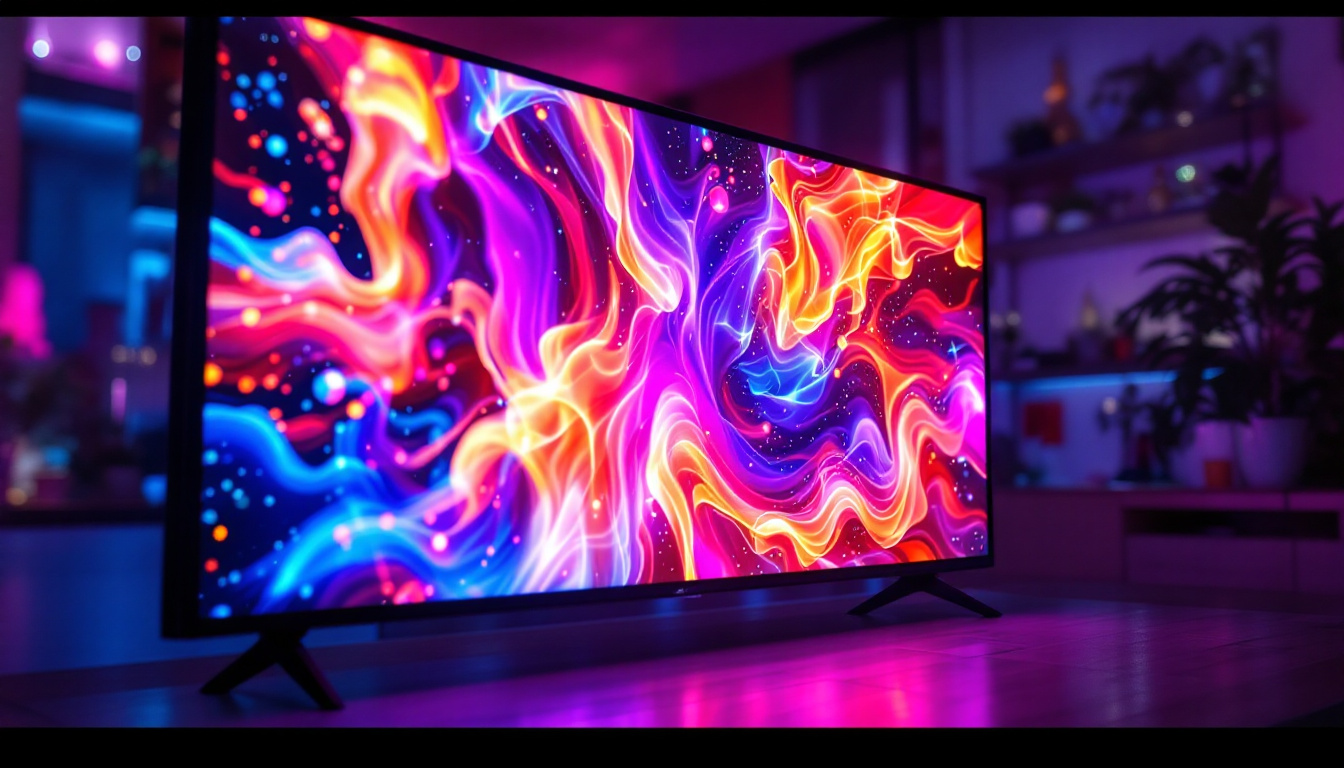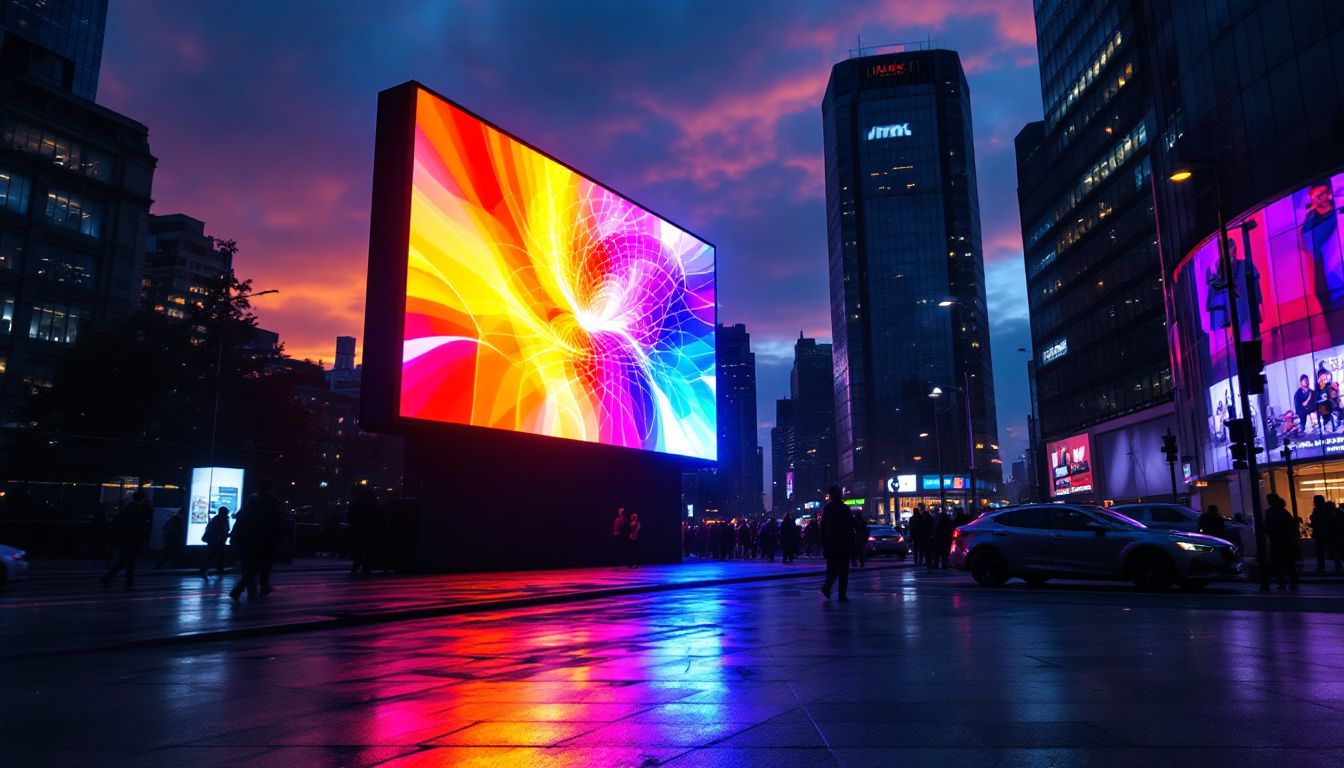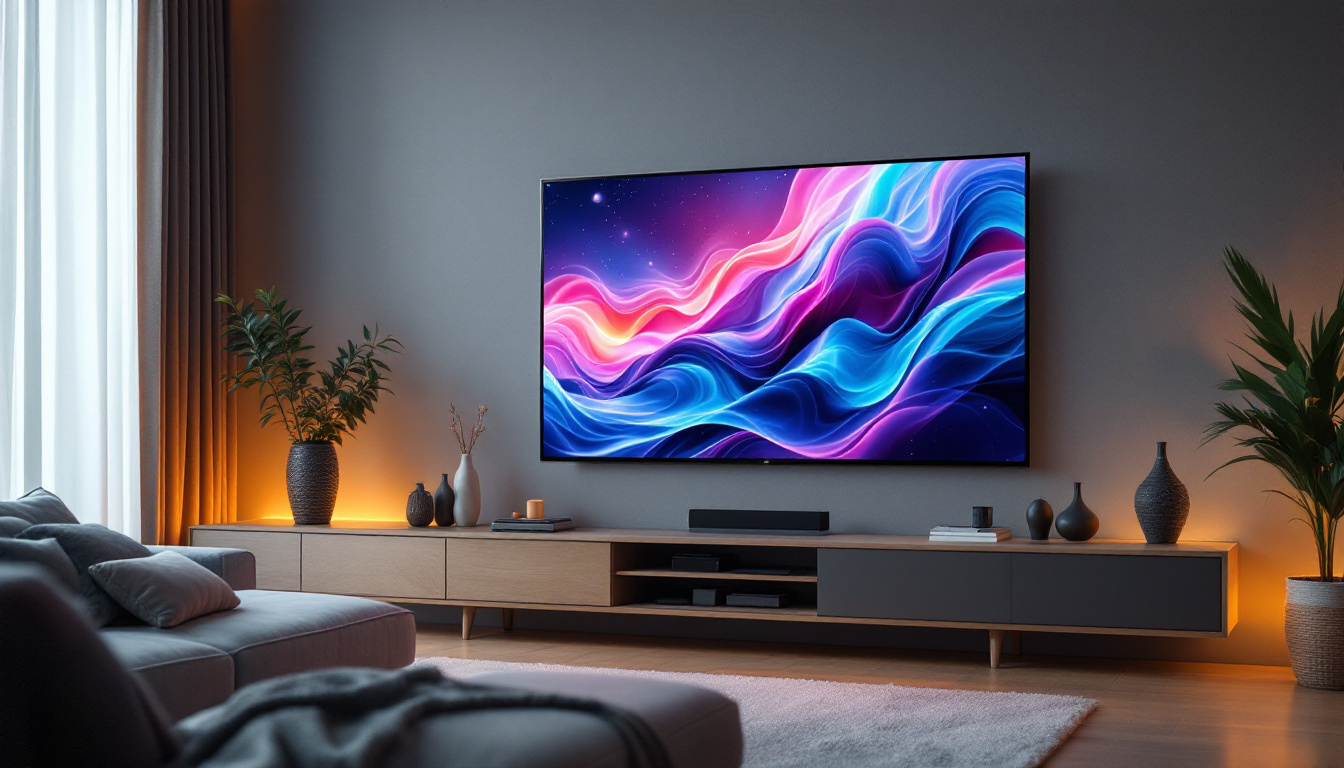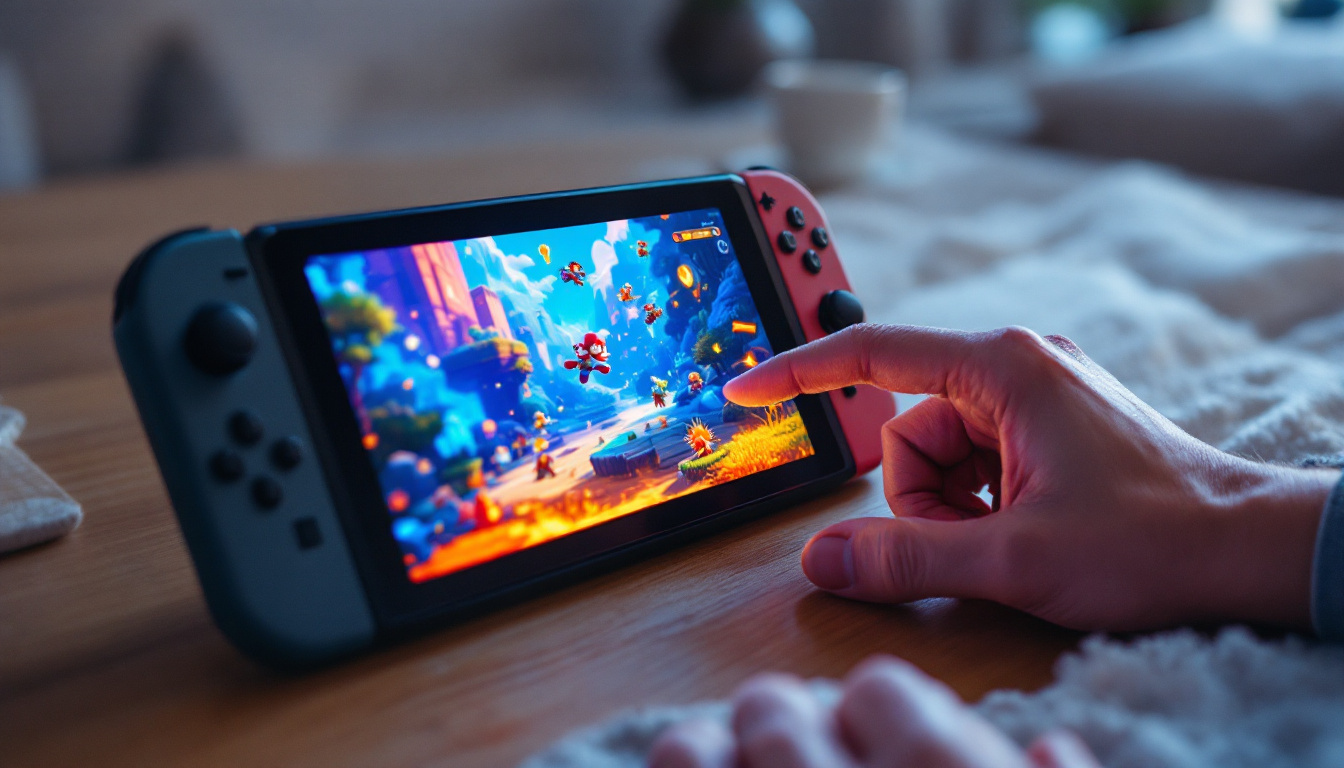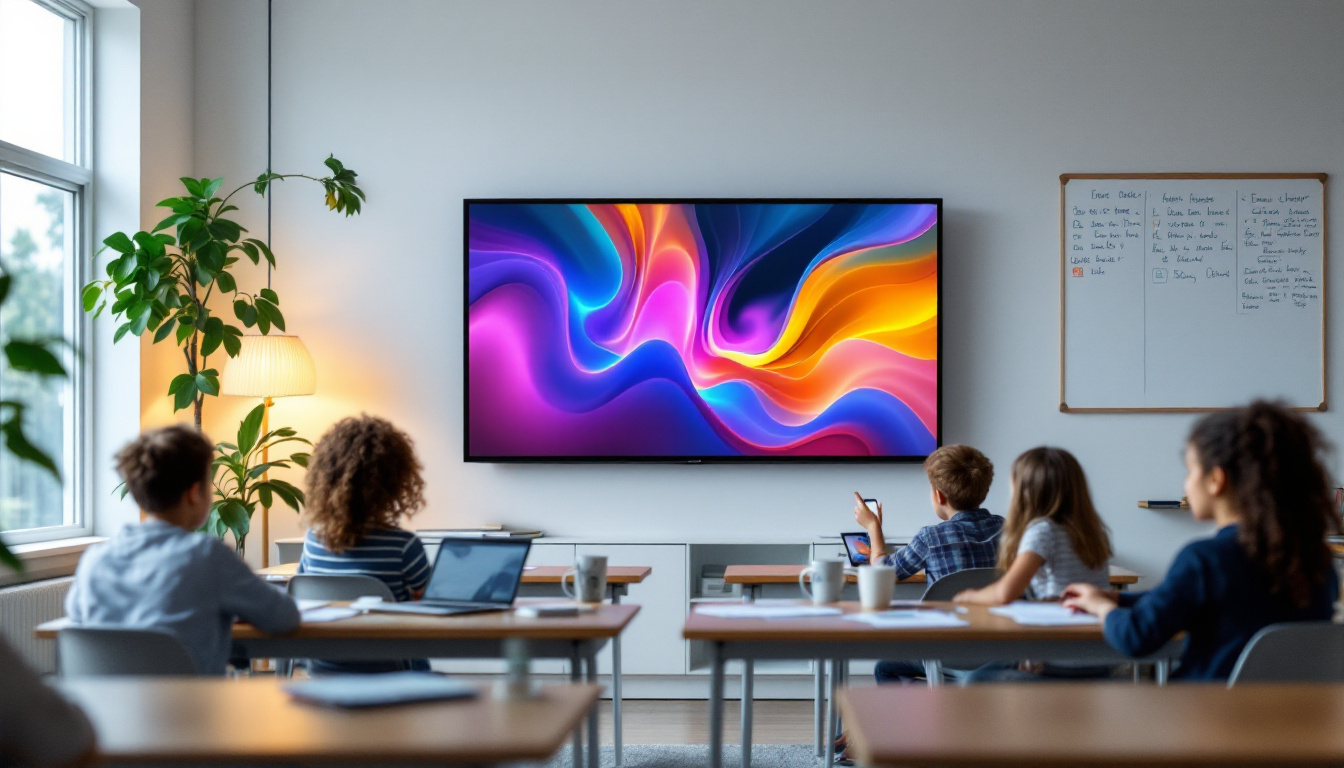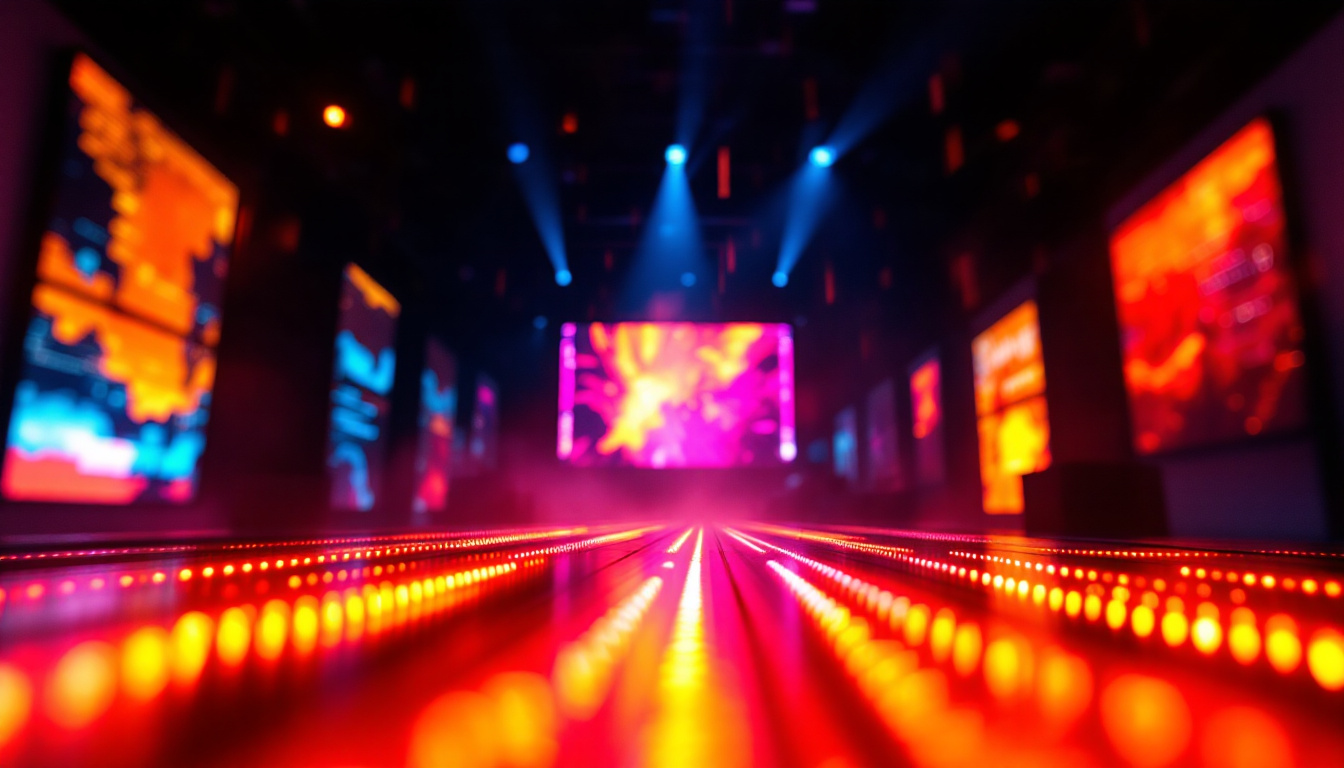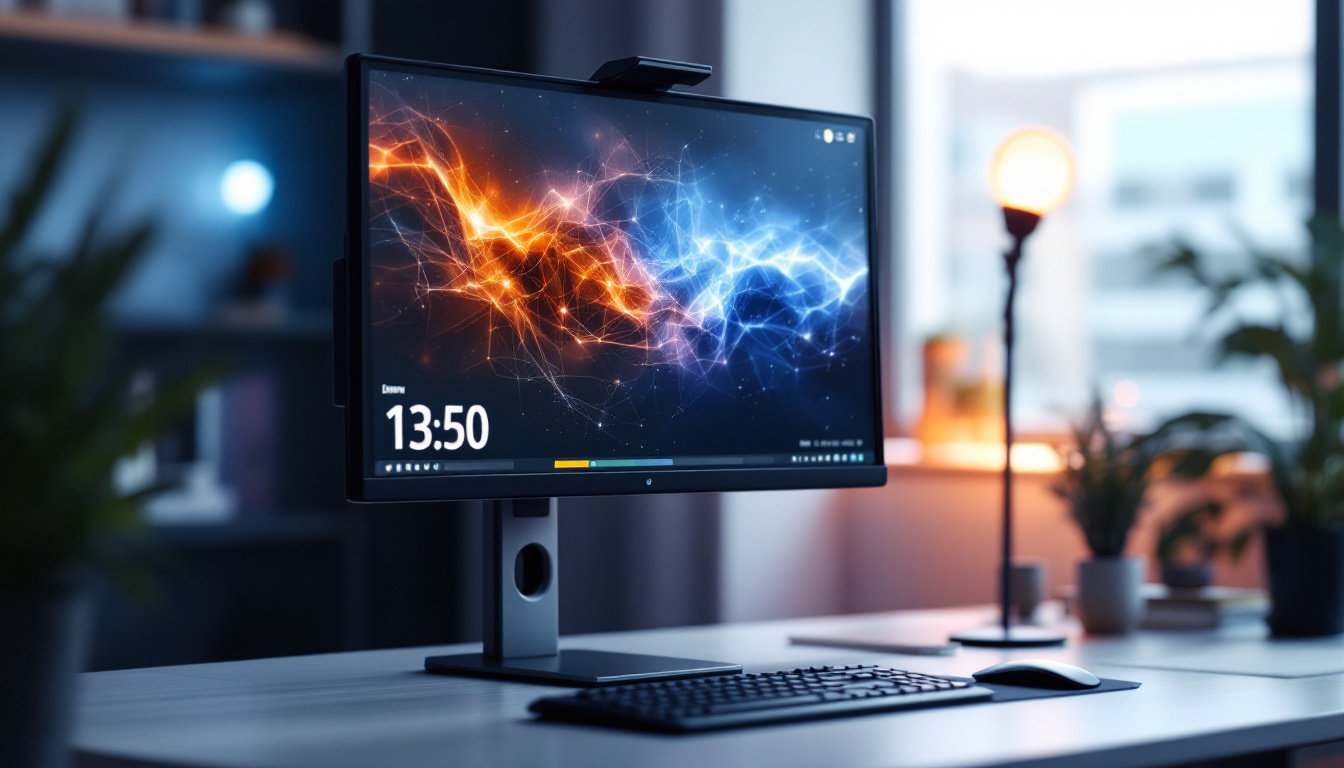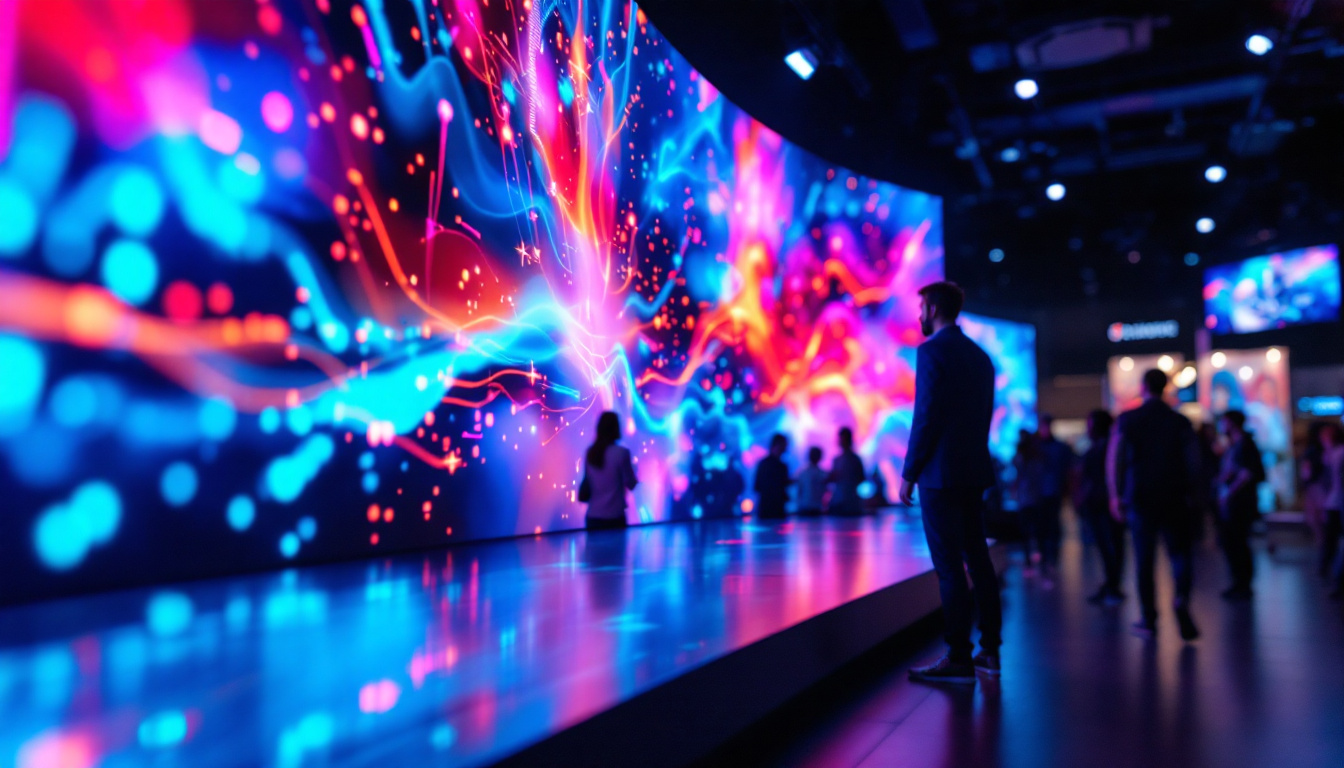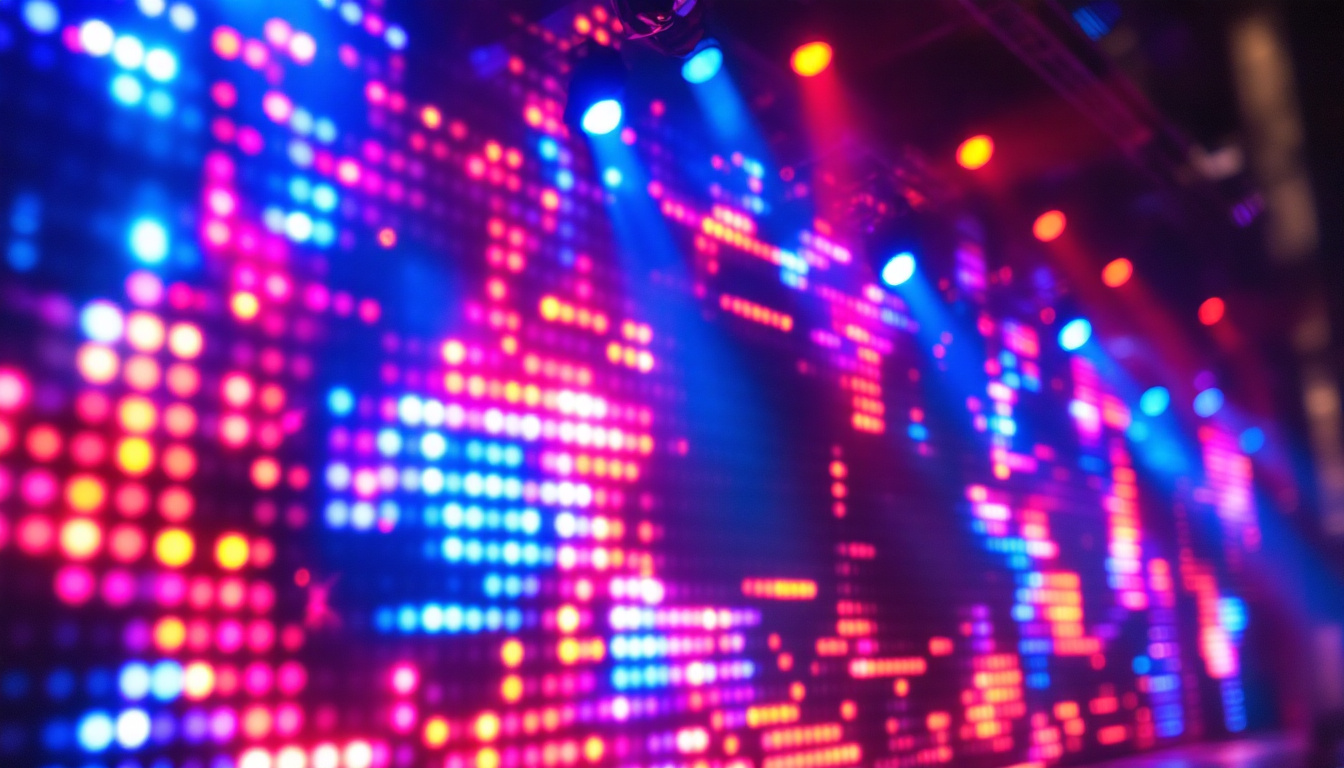In recent years, LED projectors have emerged as a popular choice for both home entertainment and professional presentations. Their ability to deliver vibrant colors, high brightness, and long lifespan has made them a preferred option over traditional projectors. This article explores the features, advantages, and considerations of LED projectors, providing insights into what makes them stand out in a crowded market.
Understanding LED Technology
LED, or Light Emitting Diode, technology has revolutionized the way we think about display devices. Unlike traditional projectors that rely on lamps, LED projectors use an array of small diodes to produce light. This fundamental difference in technology leads to several advantages that enhance the viewing experience.
How LED Projectors Work
LED projectors function by utilizing a combination of red, green, and blue (RGB) LEDs to create a full spectrum of colors. When these diodes are combined in various intensities, they can produce a wide range of hues and shades. This method of color generation allows for more accurate color reproduction compared to traditional projectors, which often struggle with color fidelity.
In addition to RGB LEDs, many modern LED projectors incorporate DLP (Digital Light Processing) or LCD (Liquid Crystal Display) technologies to further enhance image quality. DLP projectors use a digital micromirror device to reflect light from the LEDs, while LCD projectors use liquid crystals to modulate the light. The combination of these technologies results in sharper images and better contrast ratios. Furthermore, some LED projectors also integrate advanced features such as 4K resolution capabilities and high dynamic range (HDR) support, which significantly improves the depth and vibrancy of the projected images, making them more lifelike and immersive.
Advantages of LED Projectors
One of the most significant advantages of LED projectors is their longevity. Traditional projector lamps typically last between 2,000 to 5,000 hours, while LED lights can last up to 30,000 hours or more. This extended lifespan not only reduces the frequency of replacements but also lowers the overall cost of ownership.
Another benefit is energy efficiency. LED projectors consume less power compared to their lamp-based counterparts, making them more environmentally friendly and cost-effective in the long run. Additionally, they generate less heat, which can lead to quieter operation and less strain on cooling systems. This efficiency also means that LED projectors can be used in a variety of settings, from home theaters to classrooms and conference rooms, without the need for extensive cooling solutions. Moreover, many LED projectors are designed to be portable and lightweight, allowing for easy transport and setup, which is ideal for mobile presentations or outdoor movie nights. The versatility of LED projectors makes them a popular choice among educators, business professionals, and home entertainment enthusiasts alike.
Key Features to Consider
When selecting the best LED projector, several key features should be considered to ensure it meets specific needs and preferences. Understanding these features can help users make informed decisions and select a projector that aligns with their requirements.
Brightness and Contrast Ratio
Brightness, measured in lumens, is a critical factor in projector performance. A higher lumen rating indicates a brighter image, which is essential for viewing in well-lit environments. For home theaters, a projector with at least 1,500 to 2,500 lumens is recommended, while presentations in bright conference rooms may require even higher brightness levels.
Contrast ratio is another important specification. This ratio measures the difference between the darkest and brightest parts of an image. A higher contrast ratio results in deeper blacks and more vivid colors, enhancing the overall viewing experience. For home cinema setups, a contrast ratio of 1,000:1 or higher is typically desired. Additionally, it’s worth noting that ambient light can significantly impact perceived contrast, so consider the room’s lighting conditions when evaluating projectors.
Resolution
Resolution refers to the number of pixels that make up the image displayed by the projector. Common resolutions include 720p (HD), 1080p (Full HD), and 4K (Ultra HD). Higher resolutions provide more detail and clarity, making them ideal for watching movies, playing video games, or giving presentations that require fine text and images.
For casual viewing, a 720p projector may suffice, but for a more immersive experience, especially in home theaters, 1080p or 4K projectors are recommended. It is essential to match the projector’s resolution with the source material to achieve optimal results. Moreover, keep in mind that as technology advances, many projectors now offer features like upscaling, which can enhance lower-resolution content, making it look sharper and more detailed on higher-resolution displays.
Additionally, the aspect ratio of the projector is another factor to consider. Most projectors come with a standard 16:9 aspect ratio, which is ideal for widescreen movies and modern television shows. However, if you plan to display classic films or presentations that require a different format, such as 4:3, it’s important to check if the projector supports multiple aspect ratios. This flexibility allows for a better fit with various content types, ensuring that viewers enjoy the full visual experience without any unwanted cropping or distortion.
Portability and Connectivity Options
Portability is a significant consideration for those who plan to move their projector frequently. Many LED projectors are compact and lightweight, making them easy to transport. Some models even come with built-in batteries, allowing for use in locations without direct access to power outlets. This feature is particularly advantageous for outdoor movie nights or presentations in remote locations, where traditional power sources may not be available. Furthermore, the design of these projectors often includes protective cases or bags, enhancing their durability during travel and ensuring that they remain in optimal condition for use.
Connectivity Features
Connectivity options are crucial for ensuring compatibility with various devices. Most LED projectors come equipped with HDMI ports, which are essential for connecting to laptops, gaming consoles, and streaming devices. Additionally, USB ports, VGA inputs, and wireless connectivity options such as Wi-Fi and Bluetooth are increasingly common. The versatility of these ports allows users to connect multiple devices simultaneously, making it easy to switch between presentations, videos, and games without the hassle of unplugging and replugging cables.
Wireless connectivity allows users to stream content directly from their smartphones or tablets, enhancing convenience and flexibility. This feature is particularly appealing for those who prefer to share media on the go, as it eliminates the need for cumbersome cables and allows for a cleaner setup. Many projectors also support screen mirroring technologies, such as Apple AirPlay or Google Cast, enabling users to project their screens effortlessly. When selecting a projector, it is advisable to assess the available connectivity options to ensure compatibility with existing devices. Additionally, considering the ease of setup and the range of wireless connectivity can significantly enhance the overall user experience, making it simpler to enjoy high-quality visuals in any environment.
Top LED Projector Recommendations
With numerous LED projectors available on the market, choosing the right one can be overwhelming. Here are some top recommendations that stand out based on performance, features, and user reviews.
1. Epson EF-100
The Epson EF-100 is a compact and powerful LED projector that offers impressive brightness levels of up to 2,000 lumens. With a resolution of 1080p, it delivers sharp and vibrant images, making it suitable for both home entertainment and business presentations. Its built-in Android TV feature allows users to stream content directly, eliminating the need for additional devices.
Additionally, the EF-100 has a sleek design and is lightweight, making it easy to transport. Its extensive connectivity options, including HDMI and USB ports, further enhance its versatility.
2. BenQ GS2
The BenQ GS2 is a portable LED projector designed for outdoor use. With a waterproof and dustproof design, it is perfect for backyard movie nights or camping trips. It boasts a brightness of 500 ANSI lumens and a resolution of 720p, providing decent image quality in low-light conditions.
Its built-in battery allows for up to 3 hours of playback, and the wireless connectivity options make it easy to stream content from mobile devices. The GS2 is an excellent choice for those seeking a portable and durable projector.
3. ViewSonic M1 Mini Plus
The ViewSonic M1 Mini Plus is another portable option that excels in versatility. It features a compact design and can easily fit into a bag or backpack. With a brightness of 120 ANSI lumens and a resolution of 854 x 480, it is best suited for low-light environments.
This projector comes with built-in Wi-Fi and Bluetooth capabilities, allowing users to connect wirelessly to their devices. The M1 Mini Plus also includes a rechargeable battery, making it an excellent choice for on-the-go entertainment.
Maintenance and Care for LED Projectors
Proper maintenance is essential to ensure the longevity and optimal performance of LED projectors. While LED technology generally requires less upkeep than traditional lamp projectors, there are still some best practices to follow.
Cleaning the Lens
The lens of the projector can accumulate dust and fingerprints over time, which can affect image quality. Regularly cleaning the lens with a microfiber cloth can help maintain clarity. It is advisable to avoid using harsh chemicals or abrasive materials that could scratch the lens surface.
Ventilation and Cooling
LED projectors generate less heat than traditional models, but proper ventilation is still crucial. Ensure that the projector is placed in an area with adequate airflow to prevent overheating. Avoid covering vents or placing the projector in enclosed spaces during operation.
Conclusion
LED projectors represent a significant advancement in display technology, offering numerous benefits such as longevity, energy efficiency, and superior image quality. When selecting the best LED projector, it is essential to consider factors such as brightness, resolution, portability, and connectivity options.
With a variety of models available on the market, users can find a projector that meets their specific needs, whether for home entertainment, business presentations, or outdoor activities. By following proper maintenance practices, users can ensure their LED projectors provide exceptional performance for years to come.
Discover LumenMatrix’s Innovative LED Solutions
Ready to experience the pinnacle of LED display technology? LumenMatrix is at the forefront of innovation, offering a wide range of LED display solutions tailored to your needs. From captivating Indoor LED Wall Displays to dynamic Outdoor LED Wall Displays, and from mobile Vehicle LED Displays to engaging LED Sports Displays, our products are designed to elevate your visual communication. Whether you’re looking to create an immersive home theater experience or seeking to enhance your business presentations, LumenMatrix has the cutting-edge technology to make it happen. Check out LumenMatrix LED Display Solutions today and transform the way you share your message with the world.

